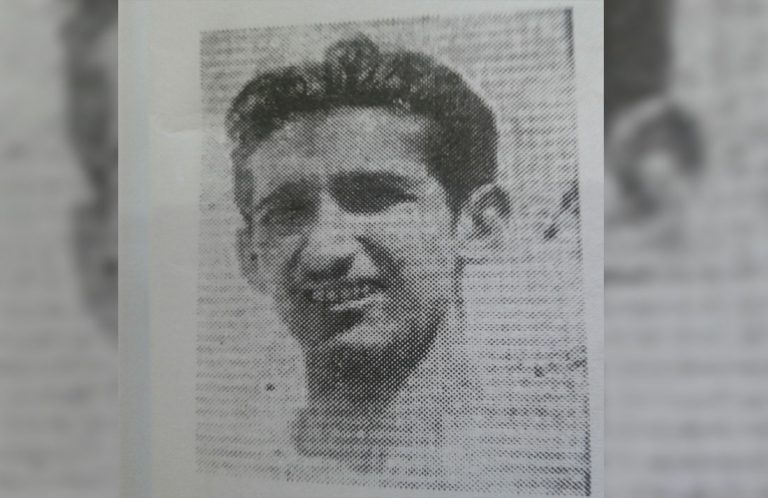In the history of Cuba there are important moments that invite us to delve into events and figures not only national. The Revolution of 1930, defined by popular participation, various ideological tendencies, the intense struggle and the fierce repression of the dictatorship in which many revolutionaries affiliated with different organizations lost their lives, is one of them.
The opposition to Gerardo Machado became general in the country as the regime entered into crisis. On August 12th, 1933, when the news of the overthrow of the bloody Machado dictatorship was known, the people of Camagüey gathered in front of the City Hall to express their joy and at the same time settle the score with the figureheads followers of the regime.
The spontaneous act indicated the climax of the successive demonstrations of workers, farmers, students, intellectuals and civil sectors of Camagüey society. A young student, José Rodríguez Zunzunegui, known as Rodriguito or Papito, stood out in this struggle, later on because of his seriousness, knowledge and responsibility, he becomes the Secretary of Agriculture in Camagüey during the Hundred Days government.
From Camagüey
In the new national government, a figure stands out for the radicalization of his thought and action: Antonio Guiteras Holmes, who became the Ministry of the Interior, after War and Navy, of the Hundred Days government (September 1933 – January 15th, 1934). However, with the coup d’état of Fulgencio Batista, he went into hiding and founded the Young Cuba in May 1934.
How did the organization work in Camagüey? And was José Rodríguez Zunzunegui a member of it? These are questions whose answers have been revealed from local research, especially from the diligent historian and teacher Edelmira Rodríguez Portal, who in an altruistic gesture donated objects from the Young Cuba to the Ignacio Agramonte Provincial Museum delivered by some of its members.
 The Young Cuba, brings together intellectuals, students, representatives of the most radical sectors of the middle classes and workers. Its program is of an advanced national-revolutionary character, it included measures to rescue economic resources, affirm national sovereignty and social justice. It manifests its anti-imperialist projections and the intention of organizing the insurrection to retake power.
The Young Cuba, brings together intellectuals, students, representatives of the most radical sectors of the middle classes and workers. Its program is of an advanced national-revolutionary character, it included measures to rescue economic resources, affirm national sovereignty and social justice. It manifests its anti-imperialist projections and the intention of organizing the insurrection to retake power.
Its clandestine character and structure by cells or squads that did not exceed eight members, with the use of nicknames and the “mailbox” tactic to receive and deliver orders, allowed the collection of weapons, training and actions that defied the tyranny. In Camagüey, since its articulation in June 1934, there has not been a single case filed against a member of the organization.
Heroes are remembered without crying…
When Antonio Guiteras died, a repression was unleashed in Camaguey against the revolutionaries, regardless of his political affiliation. The order was to apprehend and assassinate the sympathizers or members of the Young Cuba who led action groups.
Why is José Rodríguez Zunzunegui murdered?
The answer, no matter how simple it ceases to be unacceptable, his crime was practicing insurgent militancy, belonging to the Revolutionary Legion – an anti-imperialist organization that carried out actions of urban struggle – having fought the Machado dictatorship, and being a friend of Antonio Guiteras, although not an active member of the Young Cuba. Testimonies about Zunzunegui remind him of when he visited Guiteras’s grave in Matanzas with his sister, where he mourned the death of his friend.
On the night of August 26th, 1935, henchmen of the Military Intelligence service shot the young man in the head, like cowards flee at the screams of the neighbors who approached the place. Rodriguito’s death was ordered by Lieutenant Colonel Desiderio Sánchez Valera and agreed upon by officers of the Constitutional Army, the National Police, and the military intelligence apparatus.
Today, 86 years after the murder of José Rodríguez Zunzunegui, the study and dissemination of the life of the martyr from Camagüey is an urgent duty for historians.
Translated by: Aileen Álvarez García







